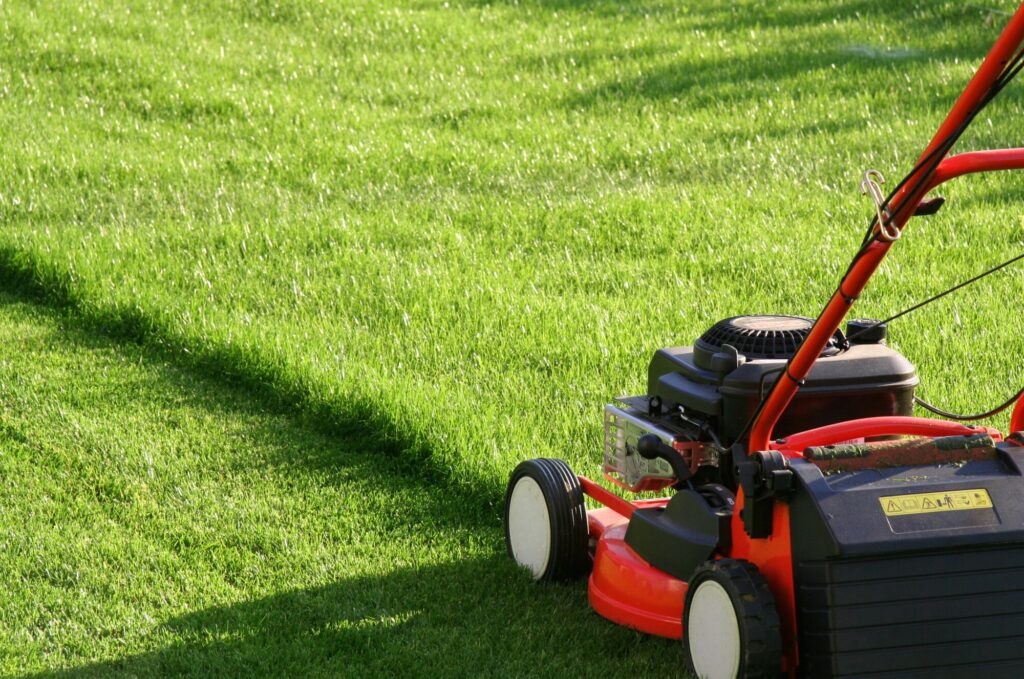Did you know that the average American spends 62 hours a year performing lawn and garden care?
Chief among the tasks that make up this category is lawn mowing. Lawn mowing seems straightforward enough until you ask the age-old debate: is it better to mulch or to bag your lawn clippings?
There are actually pros and cons to each of these mowing methods, which means that you can decide which one works best for you.
Keep reading to learn more about mulching vs bagging.
Mulching vs Bagging: What’s the Difference?
Before mulching and bagging can be properly defined, a more fundamental question needs to be answered: what is mulch?
In this article’s context, mulch refers to the lawn clippings produced by your lawnmower. Mulching means these lawn clippings are left in your yard while bagging means the lawn clippings are collected to be disposed of or used for compost.
Bagging Pros
Many homeowners like bagging since it keeps yards looking clean; no clippings are left behind.
Bagging is better for your yard if you don’t mow frequently. If you mow infrequently, the grass gets taller and results in long grass clippings. Long grass clippings can form large clumps that can hurt your lawn.
Bagging is great for your lawn if it’s showing signs of disease. Mulching can spread the disease to other parts of your lawn, but bagging keeps the disease isolated so that you don’t have to treat your entire lawn.
Bagging is also good when your lawn is wet because it prevents thick clumps of clippings from forming.
Lastly, bagging allows you to create a compost pile that you can later use as garden mulch.
Bagging Cons
Bagging prevents all the benefits of natural fertilizer that lawn clippings provide.
Bagging is also a lot more time-consuming. If you don’t have a bag that attaches to your lawnmower, you have to spend a lot of time raking up the clippings.
And even if you do have a bag attachment on your lawnmower, it still takes time to stop and empty the bag when it fills up.
Finally, disposing of the lawn clippings you bagged can also be a time-consuming process because you’ll need to check your local and state laws on how to properly dispose of the clippings.
Mulching Pros
In contrast to bagging, mulching takes a lot less time. You don’t have to stop to empty bags or even rake up the clippings once you’ve finished mowing.
Mulching is also a great natural fertilizer. The top third of a grass blade (which is what you are recommended to cut when mulching) is made of 85% water and has essential nutrients like nitrogen, phosphorous, and potassium.
This means that mulching both hydrates and fertilizes your lawn, so you don’t have to buy as much fertilizer to keep it healthy. The benefits of mulching aren’t just limited to lawns; even a forestry mulcher can return nutrients to the soil.
The grass clippings from mulching can also prevent your lawn from drying out during the hot summer months.
Mulching Cons
If you mow your grass infrequently, then mulching won’t work for you. Long grass clippings can form clumps that are bad for your lawn.
Mulching also doesn’t work well when your grass is wet because the thick clumps that will form can kill the healthy grass they sit on.
As mentioned earlier, mulching can also spread lawn diseases. The same is true if you have weeds or weed grasses in your lawn; mulching can spread these weeds over your lawn.
Find the Method That Works Best for You
In the end, the decision of mulching vs bagging rests with you. This guide can serve as a starting point for you as you figure out which option is best for your yard.
If you found this article helpful, be sure to check out some of our other articles for more useful information!
